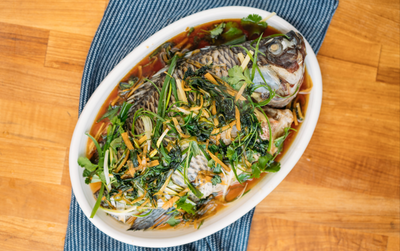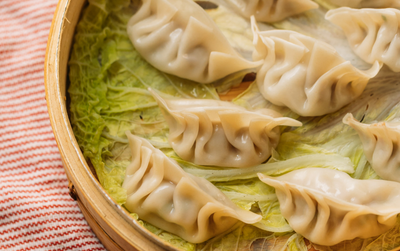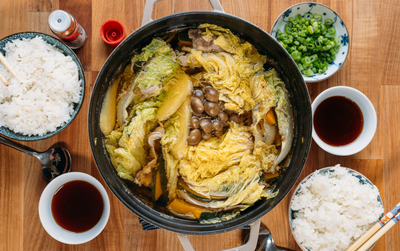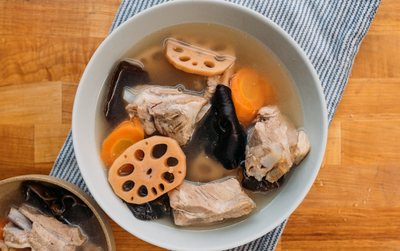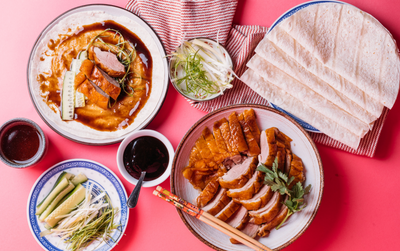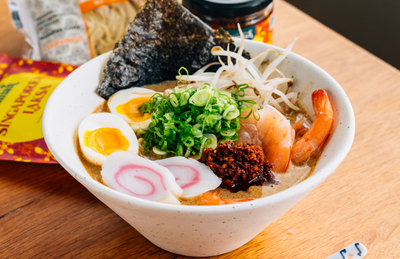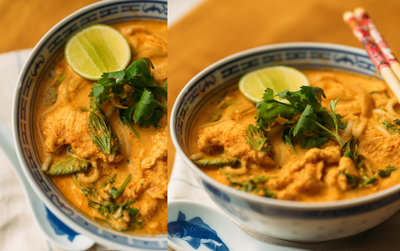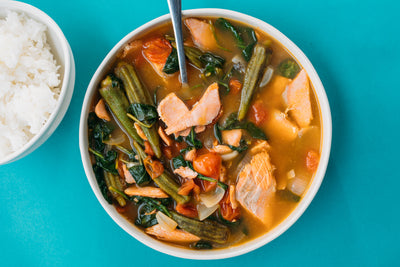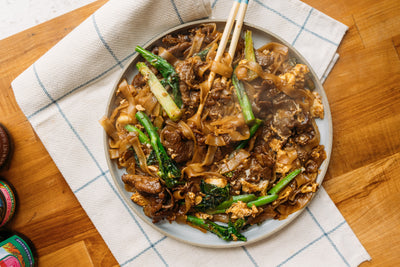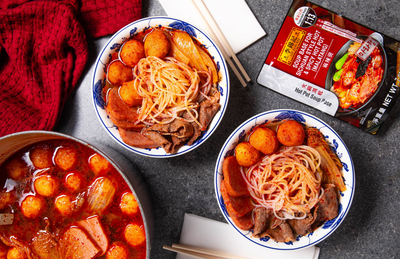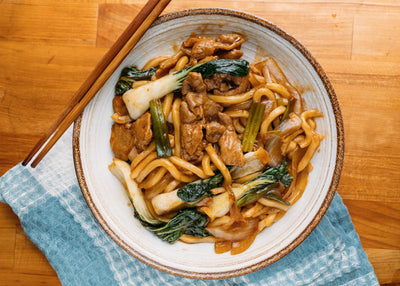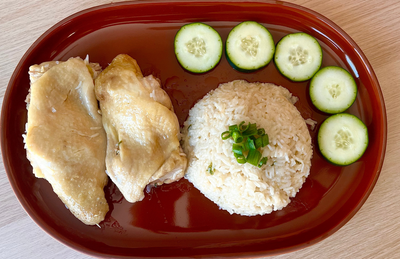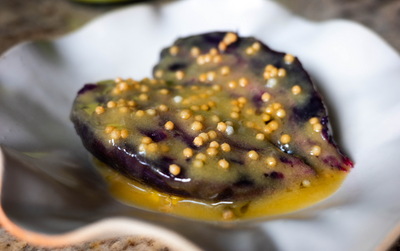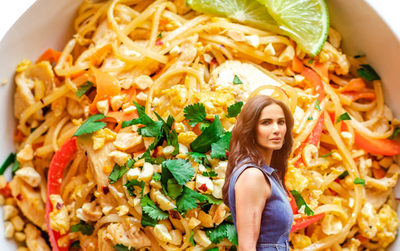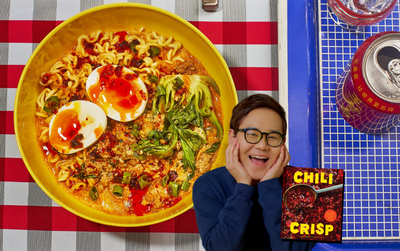How To Fold Wontons: A Step-By-Step Guide
In one bite comes an explosion of flavor bundled up in a beautiful wrap. This dish is cozy, warm, and an absolute go-to for many people.
But there are a lot of different theories and strategies when it comes to wrapping this universally loved dumpling -- the options are endless!
Every family has its own way of folding, and some methods are better for certain styles and ingredients.
So today, we’re going to walk through some of the common ways to fold your wontons so that you can experiment and pick your favorites. In fact, each method has a different name to go with it. Making these delicious treats at home is a wonderful way to bond with family and even can become a treasured tradition, so let’s dive right in!
What Kind of Wrapper Is Used For Wontons?
Wonton wrappers are actually made of a simple dough recipe. Like noodles, spring roll wrappers, and shumai, wonton wrappers are typically made up of flour, water, salt, and egg.
The wrappers for wontons are square-shaped, which allows you to make a unique wonton shape. If you don’t want to spend the extra time making the dough, letting it rise, along with rolling and cutting, you can get pre-made wonton wrappers to make the process quicker and easier.
Difference Between Wontons vs. Dumpling vs. Potstickers Wrappers?
Although these dishes are very similar, there are some distinct differences between wontons, dumplings, and potsticker wrappers.
For starters, dumpling wrappers are typically only made from wheat flour and water, whereas wonton wrappers are made with flour, water, and egg. In addition, dumpling wrappers are round instead of square, so the different wrapping techniques are very different.
Dumplings also tend to be more pliable, so they are often wrapped using various pleats to create a distinct look. Wonton wrappers tend to be thicker.
Potstickers are made with dumpling wrappers. The only difference is that potstickers are pan fried, so they have a crispy bottom, whereas dumplings are typically steamed or boiled.
Are There Multiple Ways To Fold Wontons?

Generally speaking, there are three different folding techniques when it comes to wontons. Each of them have their own strengths and weaknesses, and each family probably wraps their wontons a little bit differently.
At the end of the day, you can wrap wontons whichever way is most meaningful to you. This dish is about fun and family, so do whichever method helps you to have both of those things!
There are undoubtedly far more than three wonton folding methods, but these are three of the most common ones.
Triangular/Bonnet Style
The bonnet method is perhaps the most commonly used method. It’s super great for using in soups because of its compactness. It makes for bite sized wontons that are versatile and can really be used for any application.
Scrunch Method
The scrunch method might not be the most common because it requires very thin dough, but there’s nothing like the delightful texture of a scrunched wonton in wonton soup. They’re also great for slurping!
Diamond Shape
With the diamond shape, you’ll get a nice wide wonton that’s great for frying. This method makes for a clean look that is striking and bold.
How To Do a Bonnet Fold
Let’s start with the bonnet fold. This method is fairly easy for beginners, so even your kids can join in on the fun. Many hands make quick work!
Dab Edges of Wrapper With Water
The first step is to dab the edges of the wrapper with water. This will help the wrapper to stick to itself when you seal up the wonton. It’s best to all gather around the table and fill a bowl or cup with water that you can all use.
Simply dip your finger in the water to get it a little bit wet and then run your finger along the edge of the wrapper to get it wet. You just need a little water though. Too much will make the dough soggy and fall apart, so only get enough to lightly wet the edges.
Add Filling to Center
Next, take about one teaspoon of your filling and place it neatly in the middle of your wrapper. Making sure the mound of filling stays compact so the folding comes easy.
Wontons commonly have either ground pork and/or shrimp filling, but you’re welcome to use whatever filling best suits your desires or dietary needs. Wontons are great for beef, chicken, turkey, or whatever proteins you prefer.
A great, common filling consists of ground meat, some chopped green onion stalks, some minced garlic, ginger, soy sauce, and sesame oil. If you’d like to go vegetarian, you can substitute the meat for some tofu or even some bean sprouts, cabbage and carrots.
Fold Wrapper in Half
After you’ve got your teaspoon of filling piled nicely in the middle of your wrapper, simply fold your wrapper in half, keeping all of the filling nicely inside. You should fold it right down the middle of the square wrapper, leaving you with a rectangular shape.
Then squeeze around the edges of the wrapper so that there is no place any of that delicious filling can escape. You also want to make sure that your wonton doesn’t have any air bubbles inside, so squeeze your wrapper together all the way up to that mound of filling.
Dab Water Onto Bottom Corners
After your wonton is all sealed up, get your finger wet again and dab some water on the bottom corners of your rectangle. You’re about ready to bring these two corners together, so they need to be ready to stick.
Seal the Bottom Corners Together
Then, gently bring those bottom corners together and pinch them up to make them stick. There you have it! Your wonton is all done. If you’ve followed all the steps correctly, it should look like a tiny head wearing a bonnet with two corners flaring out by the ears.
Now you’re ready to move on to the next one. Simply repeat all the steps till your filling and wrappers are gone. If you have extra wrapped wontons that aren’t going to get cooked, simply put them in a ziploc bag and freeze them for up to two months.
How To Fold Using the Scrunch Method
The scrunch method is an even simpler concept, but it requires a gentle hand because of the thin wrapper. So make sure you’re careful when wrapping your wontons this way.
Place Filling in Center of Wrapper
As with the bonnet method, you’re going to place your yummy filling in the center of your square wonton wrapper. Only this time, you’re going to want to use only half a teaspoon of filling instead of a full teaspoon.
The beauty of this method is in the flowing folds of the wrapper, and there is less focus on the filling, so you need to let the wrapper shine and do its thing.

Place Filled Wrapper in the Center of a Loose Fist
Next, make a loose fist and carefully lower the wrapper inside it. The mound of filling should be inside the fist, and the edges of the wrapper should be spilling out the top of the fist.
Squeeze Gently to Seal the Wrapper
Then, gently squeeze the edges of your wrapper together, sealing in the filling. It's best to do most of your squeezing by forming a ring with your index finger and thumb and tightening that ring.
Try to squeeze close to the base of the filling so you can get nice flowing edges. It should resemble a flower with long droopy petals. Now you’re ready to move on to the next dumpling!
How To Do a Diamond Fold
The diamond fold is nice and clean, and it makes for a giant dumpling that can be fried, steamed, boiled, and added into soups.
Dab Edges of Square Wrapper with Water
Don’t skip this step! We know it seems repetitive, but you have to make sure to dab the edges of your wrapper with water. If you skip this crucial step, your wontons could come undone while cooking and get ruined in the process.
Cover the edges in water so they seal correctly, and you can have beautifully cooked wontons every time.
Add Filling to Center of Wrapper
Next, add the filling to the center of the wrapper. For this one, you can add a full teaspoon of filling in there. These wontons will end up having a bigger shape, so it’s good to have a big amount of filling to fill out the space that this method creates.
Fold Diagonally To Form a Triangle
Once your filling is placed correctly, it’s time to fold. You’re going to fold it in half, but it’s different from the bonnet method, so don’t breeze past this section!
To fold your wonton in half for the diamond method, take the bottom left corner and fold it over to line up perfectly with the top right corner. The final shape should be a triangle, and the bundle of filling should be on the long edge.
Once again, squeeze the sides of the dumpling together so no filling can get out and make sure there are no air bubbles. Squeeze the wrapper together so that the only thing inside is that delicious filling.
Join the Two Corners on the Filling Side and Seal Them
Once you have your triangle ready to go, it’s time to seal the corners together. Take the two corners on the long side of the triangle, where the filling is, and get the corners wet.
Bring them together, pinch them shut, and voila – you’ve made a diamond wonton.
The Bottom Line
Now that you’ve expertly folded your wontons, you’re ready to cook them! The best part about wontons is that they are so versatile. You can use them in all sorts of different dishes.
Pan fry them and then drizzle them with chili oil to eat with chopsticks. Steam them for a healthier option with a lovely, plump texture. Boil them in chicken broth to make wonton soup.
Or, you can deep fry them and serve with sweet and sour sauce for a delicious appetizer. Then have your pick of different garnishes, whether its green onion, sesame seeds, or nori flakes.
And if you need wonton wrappers or any other ingredients, head on over to Umamicart, the online Asian grocery store that delivers right to your front door.
With Umamicart, you can cook delicious Asian dishes at home with ease!
Sources
A Dumpling for Every Friend: #2--The Fried Food Fiend (Fried Pork Wontons) | Pickles and Tea
Steamed Chicken Wontons | MedlinePlus
Wonton skins: What they are and how to use them | Denver Post

